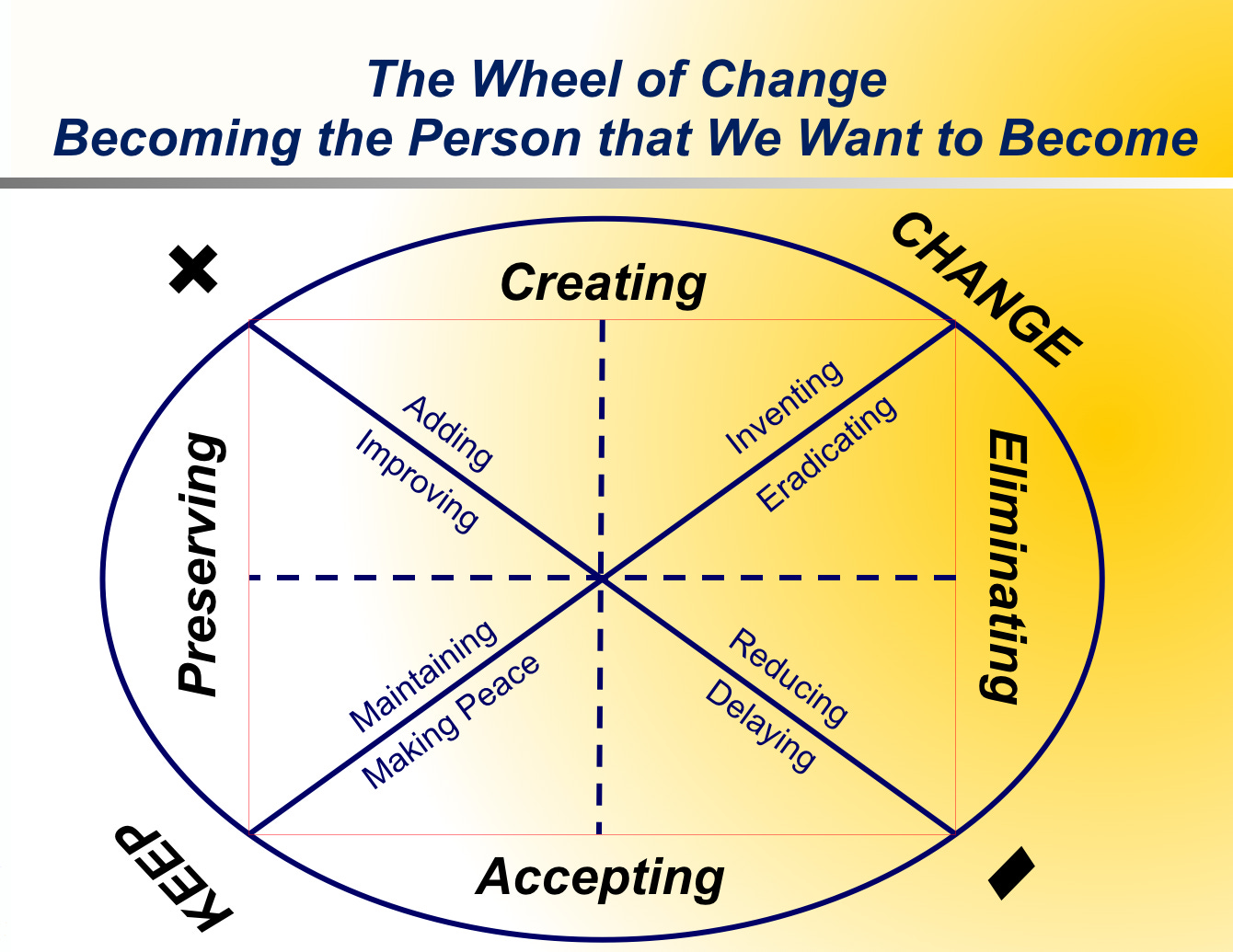NEVER WASTE A CRISIS!
HIGHLIGHT
Sickle cell crises—painful episodes triggered by Sickle Cell Anemia—are aptly named. They’re not just moments of intense physical pain; they’re full-blown crises that shake both the body and the mind. For me, the worst part isn’t always the pain itself, unbearable as it is, but the mental toll it takes—disrupting my life and the lives of those around me.
In June, after enduring the worst sickle cell crisis of my life, I found myself sitting with my mentor, burdened with more questions than answers. I was overwhelmed and confused when he said:
“Dario, never waste a good crisis, as Winston Churchill once said!”
That statement changed everything. In that moment, the crisis I was battling shifted from being an obstacle to an opportunity. It became more than just a fight for survival; it became a chance to redefine my quality of life. I resolved to maximize the opportunity before me.
This was hard, but it wasn’t unfamiliar territory. In my household, we often say, “We do hard things.” I’ve told my son this countless times to build his confidence because I believe true confidence isn’t rooted in hopeful aspirations—it’s built on undeniable evidence.
As Alex Hormozi puts it:
“You don’t become confident by the affirmations you make in the mirror, but by stacking undeniable proof that you are who you say you are.”
If my crises taught me anything, it’s confidence—not the kind that comes from repeating mantras or pep talks, but a deep, unshakable confidence grounded in evidence:
Evidence that God has done and will do exceedingly, abundantly, above all I can ask or think.
Evidence that I can do hard things—and that I not only endure but thrive, by the grace of God.
This is the confidence I carry into the next year: forged in the fire of challenges, strengthened by faith, and proven through action. I’m glad I didn’t waste this crisis.
What opportunities will you uncover in your next crisis?
INSIGHT: WHEEL OF CHANGE
The key to navigating 2024 effectively was a strong support system and strategic tools. For this newsletter, I want to focus on one tool I use consistently. It helps me reflect and guide decisions in my personal life, teams, projects, and even marriage: the Wheel of Change.
Developed by Marshall Goldsmith, an executive coach and leadership thinker, this framework helps assess and guide changes in behavior, habits, or processes.
The tool comprises four quadrants:
1. Creating – What new things do you need to introduce to improve or grow?
2. Preserving – What should you keep that’s working well?
3. Eliminating – What habits, actions, or elements no longer serve you and should be removed?
4. Accepting – What do you need to accept because it’s beyond your control?
This tool has consistently provided me with one invaluable asset: clarity.
IGNITE:
As we close out the year, if you’re seeking clarity, try the Wheel of Change. Here’s how I approach it:
1. Choose a time frame and list your priorities.
Example:· Time frame: 2024
· Priorities: Faith, Family, Fitness, Fruit, Finance (These are mine—you can add or replace with your own.)
2. Create a column for the four categories: Create, Preserve, Eliminate, Accept.
Reflect on your priorities and write an exhaustive list for each category:· What do you want to create?
· What do you want to preserve?
· What do you want to eliminate?
· What do you need to accept?
3. Capture the most catalytic item in each category.
This is the hard part. Your list might feel overwhelming, but focus on choosing just one item in each category that has the greatest potential to transform your life. For example:· Create: A monthly budget.
· Eliminate: Procrastination.
· Preserve: Family time.
· Accept: That prioritizing your health is non-negotiable.
4. Commit to action.
Focus on one item at a time. Instead of using the SMART goal model, I recommend the NICE framework:
· Near term: Set goals achievable in a short time to build momentum. Example: Eliminate procrastination by completing one important task without delay each morning for a week.
· Input-focused: Prioritize actions you can control. Example: Instead of “eliminate procrastination entirely,” aim to “start one task daily without delay.”
· Controllable: Keep goals within your influence. Example: Create a “no excuses” rule: start tasks even without motivation, knowing action breeds momentum.
· Energizing: Make goals exciting and motivating. Example: Gamify your productivity—reward yourself after completing tasks.
If at anytime doing this, you have any questions or need help- shoot me a message, I will do my best to assist you. As we step into 2025, let’s approach it with clarity, action, and the confidence that we can do hard things.






